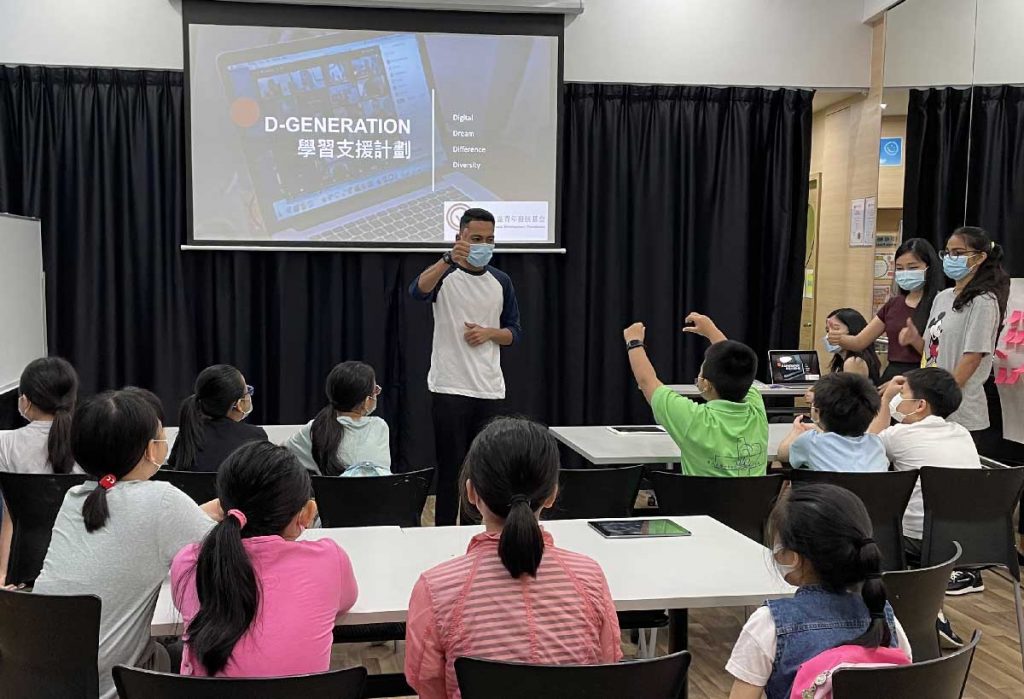Regarding India, many people have a love-hate relationship with the country. On the one hand, its rich history, culture, and economic power attract tourists and investors from all over the world. On the other hand, news about India can sometimes make visitors hesitate, and it has also given the country a mysterious veil. What kind of place is India, and what does it have to do with social innovation? This article hopes to explore these questions.

One of the most profound reflections for me during this training camp was the meaning of engaging in social innovation work. For me, it involves a consideration and pursuit between ideology and reality. On the one hand, coming from a grassroots background, I have always hoped that more people with less privileged backgrounds can have more opportunities so that more people can continue to move upwards. It is somewhat my own experience that different youth organizations and mentors’ support have provided me opportunities to connect with the wider world and, in turn, have new perspectives and aspirations for more.

At the same time, financial balance is also an important consideration. During this training camp, our mentor emphasized that the purpose of coming to India was not to win awards but to make the current project more concrete, absorb experiences from different places, and strengthen the project’s design. In fact, before arriving in India, the UNLEASH team had conducted several months of online training, mentioning that if one wants to do a project well, the project leader must be fully committed, and this “sum” needs to be written into the financial plan, or it is difficult to succeed.

This brings up another important question: why should someone invest in your innovation project if you are not fully committed? Our mentor posed this question, saying that as an investor, the most critical factor is not just the quality of your project but also the quality of your team. In the social innovation sector, due to different legislation restrictions and funding regulations, many times, the founder of a project (such as a company director) cannot be paid, making them not full-time on the project. When writing a fundraising proposal, there are often restrictions on salaries, such as employee salaries cannot exceed 10% or 20% of the overall project. While these restrictions have their significance and can ensure that charitable funds are not misused for salaries, they also pose a certain difficulty for some people-oriented projects.
One significant achievement during the UNLEASH India training camp was breaking this this inherent idea. I remember when planning the financial budget for our project, the expert pointed out that since the project is mainly focused on education and training, the largest expenditure naturally involves people (such as training staff and lecturers). It would be strange if it didn’t.
Therefore, the allocation of a project’s expenditure does not necessarily need to be strictly based on the proportion of different items, but should be decided based on the characteristics of the project, and the actual benefits will be greater.
This also echoes the recent discussion on the use of unrestricted funding. Differ from the traditional funding with dedicated use of the proceeds, it is a type of funding that provides nonprofits with the flexibility to allocate resources where they are most needed, without the constraints of specific project or program requirements. This approach is based on the trust that the nonprofit knows best how to allocate resources in order to achieve their mission and impact.

